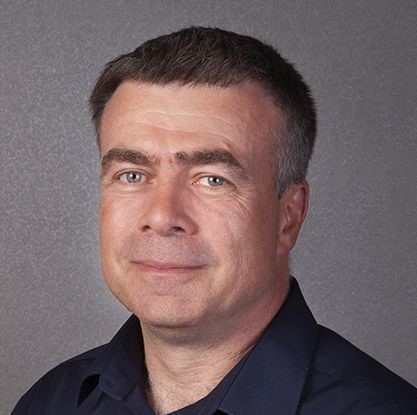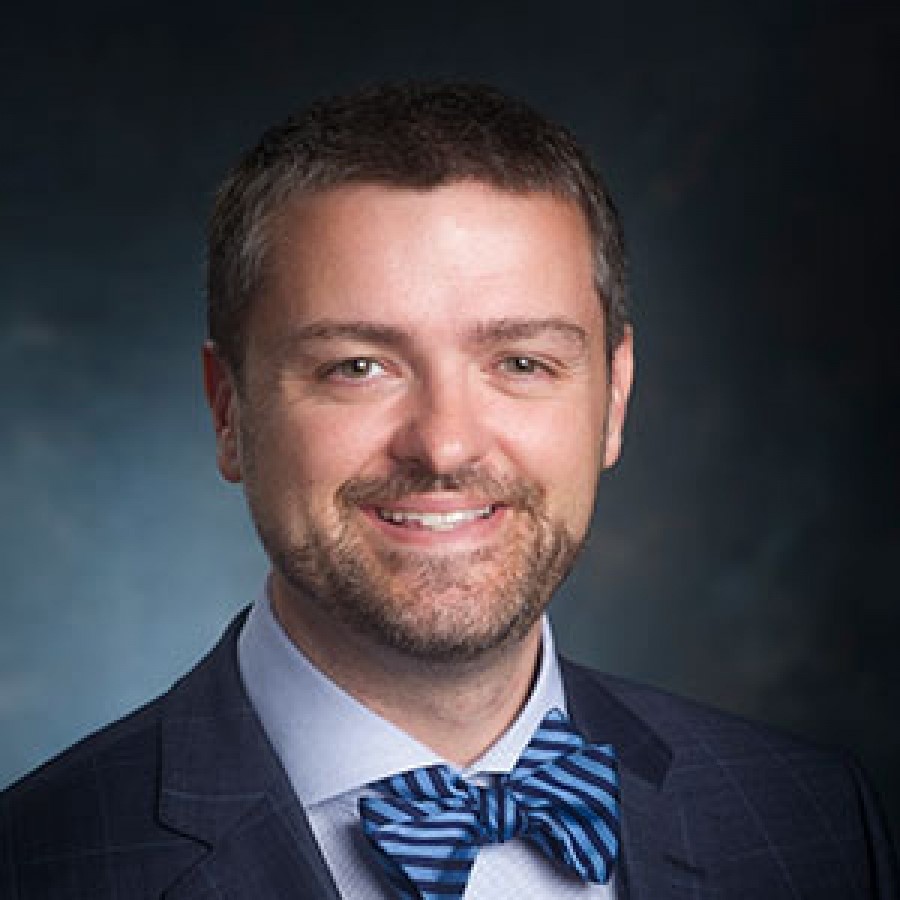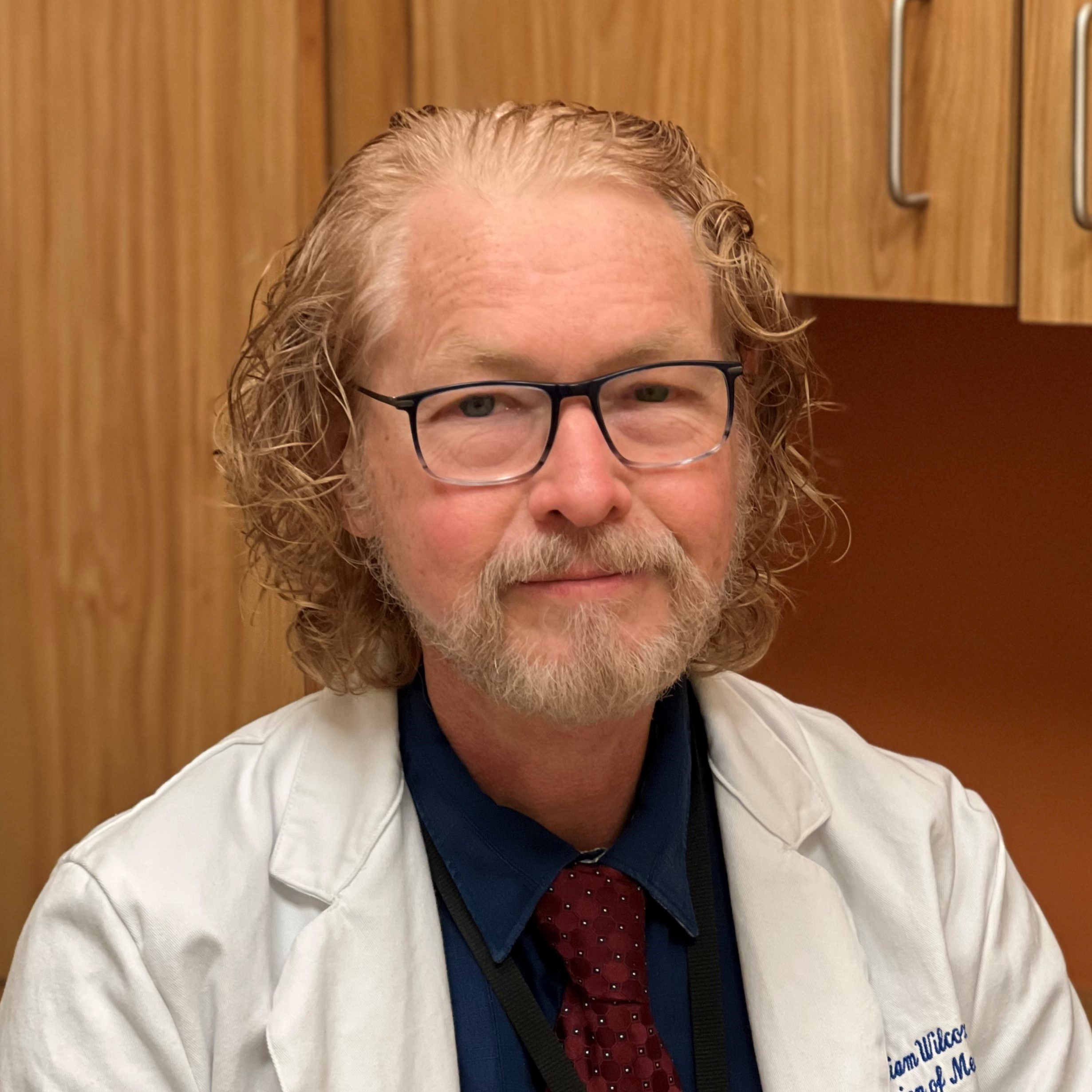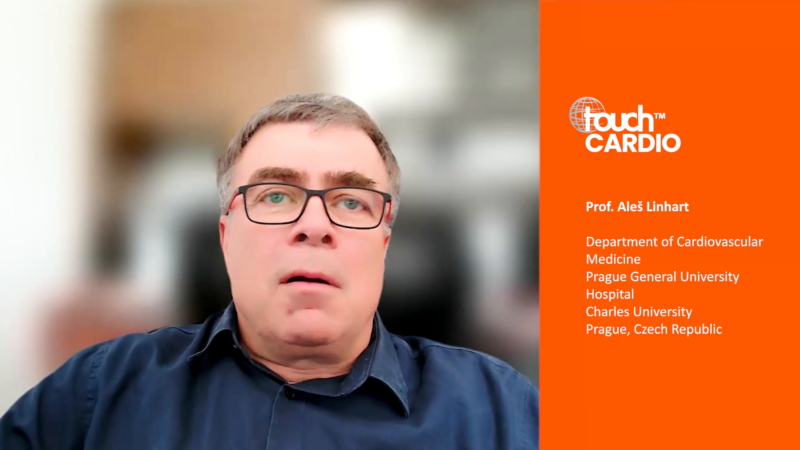Tutorial
These icons indicate there is something to be interacted with. Click it when you see it.
Tutorial
These icons indicate there is something to be interacted with. Click it when you see it.
Tutorial
These icons indicate there is something to be interacted with. Click it when you see it.
touchEXPERT OPINIONS
 Experts answer questions with in-depth advice on the current clinical landscape and how new therapies and guidance might impact regional clinical practice. Useful tips below will show how to navigate the activity.
Close
Experts answer questions with in-depth advice on the current clinical landscape and how new therapies and guidance might impact regional clinical practice. Useful tips below will show how to navigate the activity.
Close
 Experts answer questions with in-depth advice on the current clinical landscape and how new therapies and guidance might impact regional clinical practice. Useful tips below will show how to navigate the activity.
Close
Experts answer questions with in-depth advice on the current clinical landscape and how new therapies and guidance might impact regional clinical practice. Useful tips below will show how to navigate the activity.
Close
The path from detection to personalized long-term care for Fabry disease
Learning Objectives
After watching this activity, participants should be better able to:
- Recognize the importance of early diagnosis and detection of organ involvement in Fabry disease in establishing an effective management plan for individual patients
- Assess strategies for the long-term monitoring and follow-up of patients with Fabry disease for improved treatment adherence and quality of life
- Discuss emerging therapeutic options and how they may change the future management of patients with Fabry disease
Overview
In this activity, three leading experts in Fabry disease share valuable clinical insights, each from a different specialty perspective (cardiology, nephrology and clinical genetics). They highlight the importance of early diagnosis of Fabry, including assessment of organ involvement, and strategies for long-term individualized care to achieve optimal treatment adherence and quality of life. The future management of patients with Fabry is also considered, with a focus on emerging treatment options.
This activity is jointly provided by USF Health and touchIME.
Target Audience
This activity has been designed to meet the educational needs of internal medicine specialists, clinical geneticists and cardiologists, as well as nephrologists, neurologists, paediatricians and gastroenterologists involved in the long-term care of patients with Fabry disease.
Disclosures
USF Health adheres to the Standards for Integrity and Independence in Accredited Continuing Education. All individuals in a position to influence content have disclosed to USF Health any financial relationship with an ineligible organization. USF Health has reviewed and mitigated all relevant financial relationships related to the content of the activity. The relevant relationships are listed below. All individuals not listed have no relevant financial relationships.
Faculty
Prof. Aleš Linhart discloses: Advisory board and panel fees from Chiesi and Sanofi. Consultant fees from 4D Molecular Therapeutics, Amicus Therapeutics, Chiesi and Sanofi (relationship terminated). Grants/research support from Sanofi. Other financial or material support (royalties, patent, etc.) from Takeda (relationship terminated). Speaker’s Bureau fees from Amicus Therapeutics, Chiesi, Sanofi and Takeda.
Dr Eric Wallace discloses: Advisory board or panel fees from Sanofi. Consultant fees from Amicus Therapeutics, Chiesi, Sanofi and Walking Fish Therapeutics. Other financial or material support (principal/sub investigator fees for sponsored clinical studies) from Natera and Sanofi.
Prof. William Wilcox discloses: Advisory board or panel fees from BioMarin, Chiesi and Sanofi. Consultant fees from Relay Therapeutics, Spark Therapeutics and uniQure. Grants/research support from Amicus Therapeutics and Takeda. Salary/contractual service fees from Prevention Genetics (spouse) and Fulgent Diagnostics (spouse; relationship terminated). Other financial or material support (principal/sub investigator fees for sponsored clinical studies) from 4D Molecular Therapeutics, Alexion, Amicus Therapeutics, BioMarin, Chiesi, Cyclo Therapeutics, Denali Therapeutics, Sangamo, Sanofi and Takeda.
Content reviewer
Danielle Walker, DNP, APRN, AGNP-C has no financial interests/relationships or affiliations in relation to this activity.
Touch Medical Contributors
Christina Mackins-Crabtree has no financial interests/relationships or affiliations in relation to this activity.
USF Health Office of Continuing Professional Development and touchIME staff have no financial interests/relationships or affiliations in relation to this activity.
Requirements for Successful Completion
In order to receive credit for this activity, participants must review the content and complete the post-test and evaluation form. Statements of credit are awarded upon successful completion of the post-test and evaluation form.
If you have questions regarding credit please contact cpdsupport@usf.edu
Accreditations
Physicians
This activity has been planned and implemented in accordance with the accreditation requirements and policies of the Accreditation Council for Continuing Medical Education (ACCME) through a joint providership of USF Health and touchIME. USF Health is accredited by the ACCME to provide continuing medical education for physicians.
USF Health designates this enduring material for a maximum of 0.75 AMA PRA Category 1 CreditTM. Physicians should claim only the credit commensurate with the extent of their participation in the activity.
Advanced Practice Providers
Physician Assistants may claim a maximum of 0.75 Category 1 credits for completing this activity. NCCPA accepts AMA PRA Category 1 CreditTM from organizations accredited by ACCME or a recognized state medical society.
The AANPCP accepts certificates of participation for educational activities approved for AMA PRA Category 1 CreditTM by ACCME-accredited providers. APRNs who participate will receive a certificate of completion commensurate with the extent of their participation.
Date of original release: 31 July 2024. Date credits expire: 31 July 2025.
If you have any questions regarding credit, please contact cpdsupport@usf.ed
To obtain the CE/CME credit(s) from this activity, please complete this post-activity test.
Claim CreditYou may also be interested in...

REGISTER NOW FOR FREE ACCESS TO
- 1000+ topical and insightful peer-reviewed journal articles
- 100+ hours of bite-sized congress highlights
- 10 major therapy areas packed with the latest scientific advances
- 150+ specialties offering learn-on-the-go medical education
- + Concise email updates and newsletters so you never miss out

Log into your Touch Account
Earn and track your CME credits on the go, save articles for later, and follow the latest congress coverage.
Sign up with an Email
Or use a .
This Functionality is for
Members Only
Explore the latest in medical education and stay current in your field. Create a free account to track your learning.























